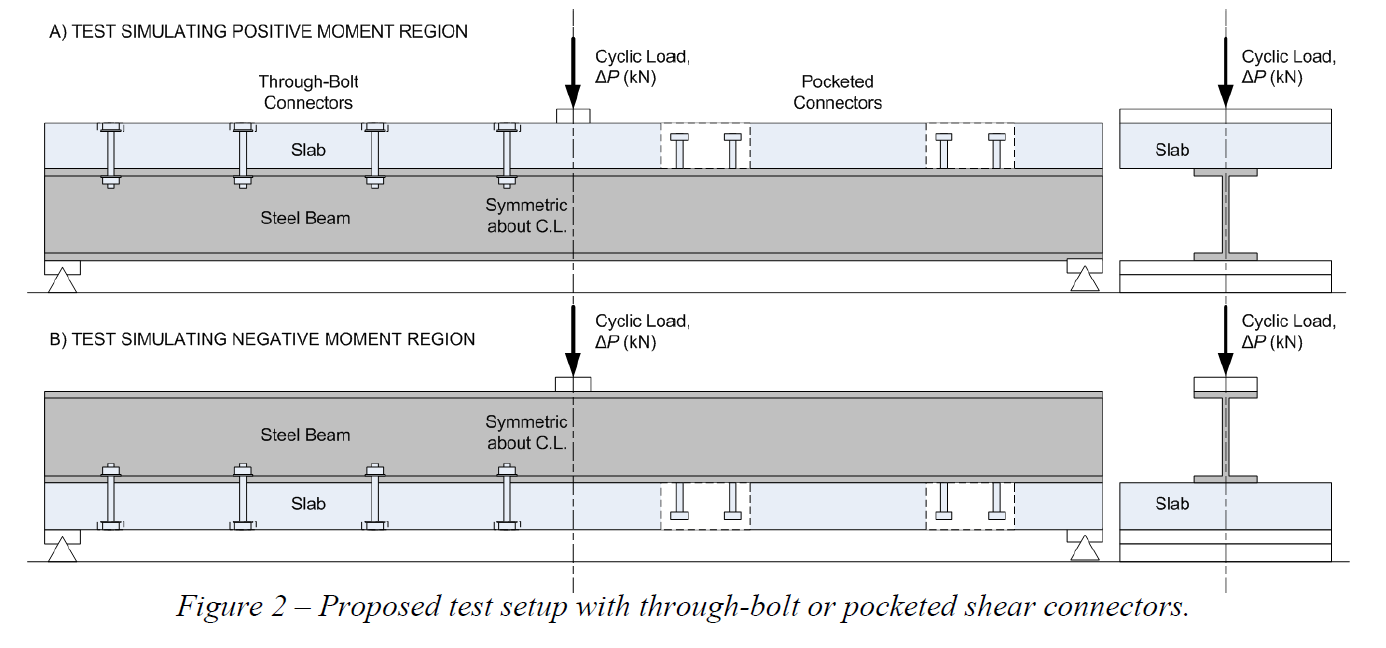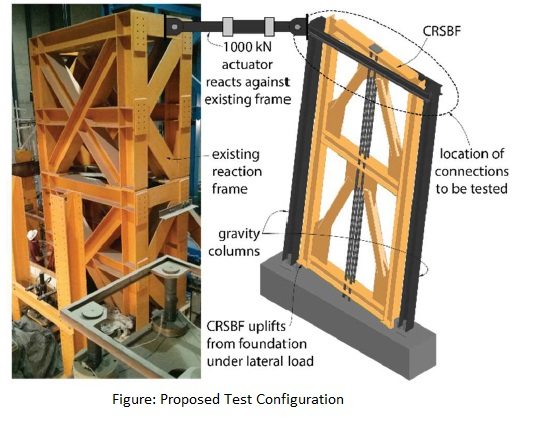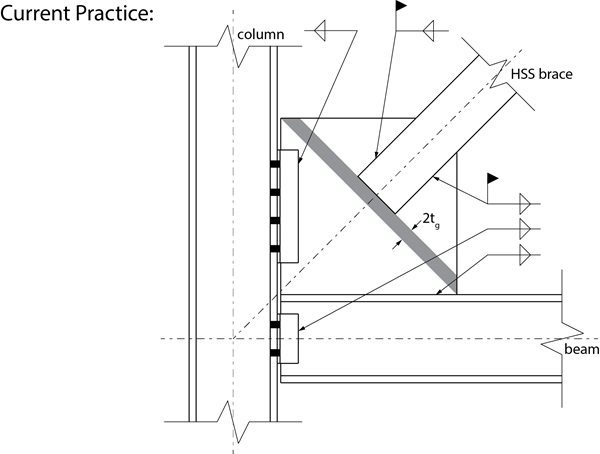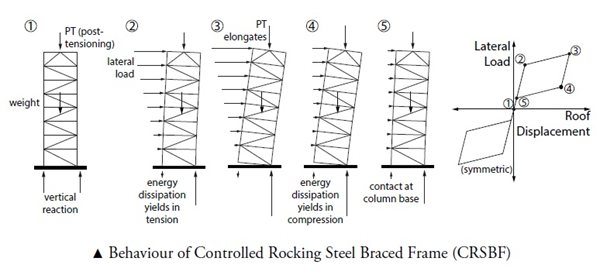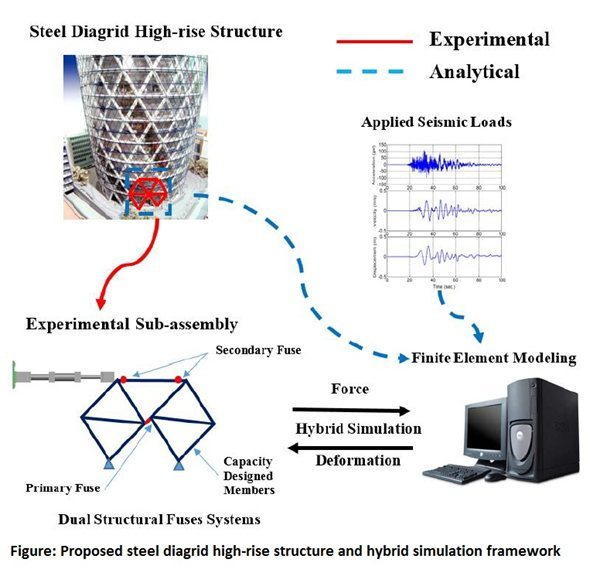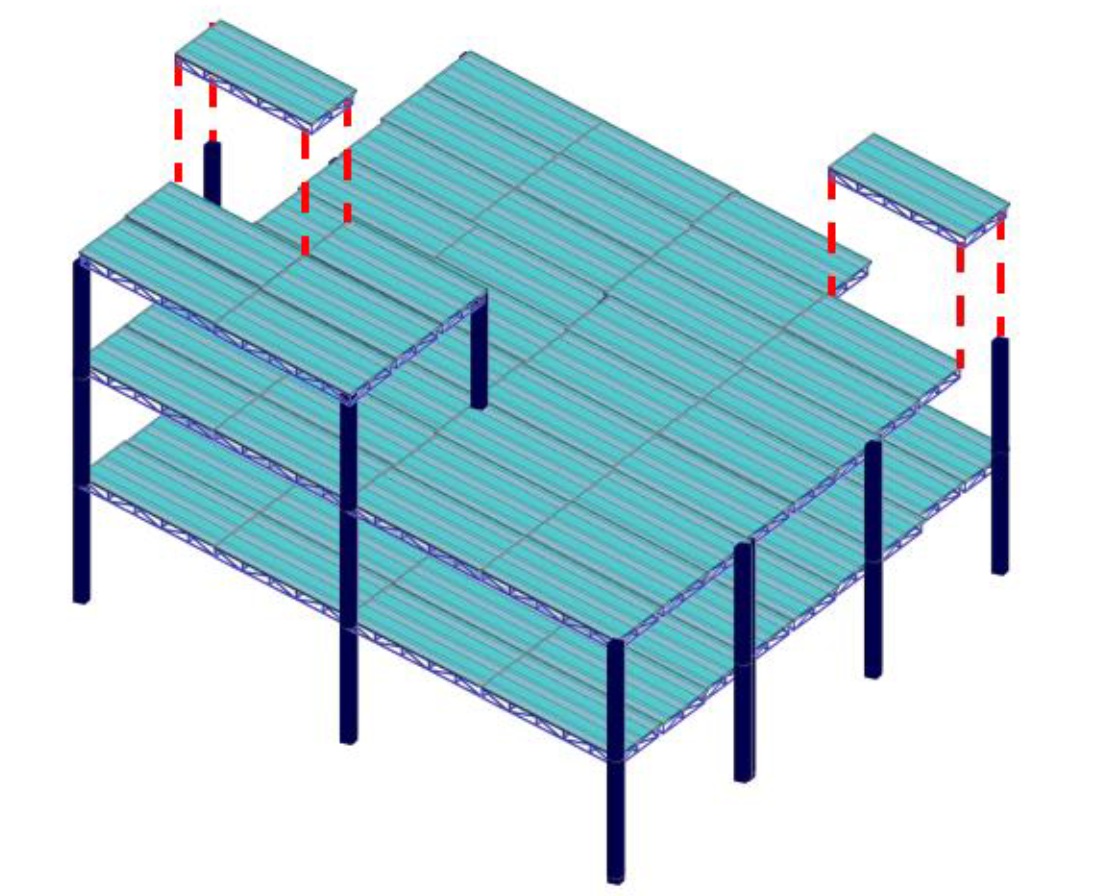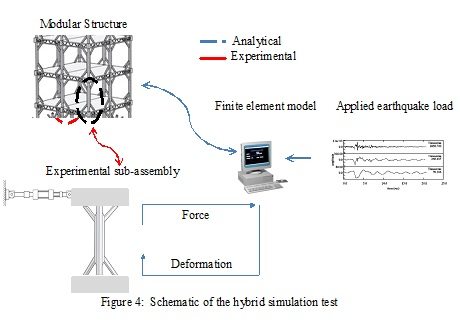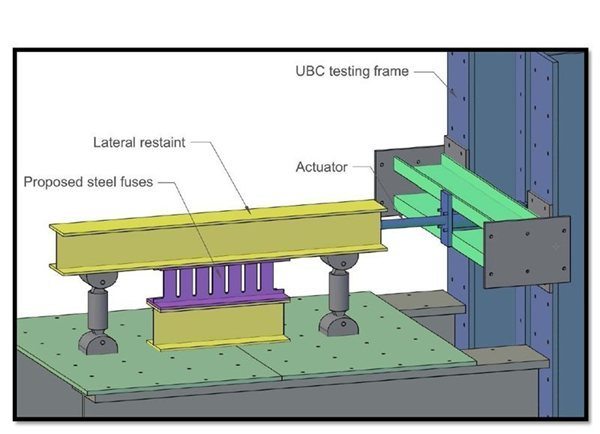2016
Dr. Min Sun
Department of Civil Engineering, University of Victoria
Hot-Dip Galvanized Hollow Structural Sections – Crack Prevention and Mechanical Behaviour
The application of hot-dip galvanized cold-formed Hollow Structural Sections (HSS) in exposed steel structures (e.g. bridges, transmission towers and sign supporting structures) is extremely popular due to their superior strength-to-weight ratio, low initial cost, sustainability and aesthetics. Both HSS manufacturing and hot-dip galvanizing techniques have evolved over the years. However, the use of newly developed zinc bath mixtures together with thick-walled HSS resulting in significant damage in the latter in the form of cracking during […]
2016 H.A. Krentz Research Award
Dr. Carlos Ventura
Department of Civil Engineering, University of British Columbia
Performance Based Seismic Design of Steel Bridges According to CHBDC S6-14
The latest release of the Canadian Highway Bridge Design Code S6-14 incorporates for the first time Performance Based Seismic Design (PBD) provisions for bridges in Canada. As this is a significant departure from the traditional Force-based design approach, practicing engineers are facing a number of challenges associated with the implementation of PBD for seismic design of bridges. Although the decision to incorporate PBD requirements on the bridge code […]
2013
Dr. Scott Walbridge
Department of Civil and Environmental Engineering, University of Waterloo
Fatigue Behaviour and Design of Shear Connectors in Steel-Precast Composite Girders
The objectives of this research are: 1) to perform laboratory tests to study the fatigue behaviour of pocketed and through-bolt shear connectors in steel- precast composite bridge girders (see “Figure 2” above), and 2) to perform finite element (FE) and reliability analyses to investigate the consequence of failure of these connectors, so that design factors can be established for various bridge girder configurations, resulting in a uniform level of risk that is consistent […]
2016
Dr. Lydell Wiebe
Department of Civil Engineering, McMaster University
Completing the Load Path for Controlled Rocking Steel Braced Frames
The aim of this research is to develop and validate feasible connection details between floor diaphragms and Controlled Rocking Steel Braced Frames (CRSBFs). Connection details will be designed to achieve desired performance criteria while also minimizing costs associated with construction and fabrication, and the proposed connections will be tested experimentally under cyclic loading. The laboratory results will be used to validate the finite element models that were used to design the connections, and to develop simplified design […]
2015 H.A. Krentz Research Award
Dr. Lydell Wiebe
Department of Civil Engineering, McMaster University
An Improved Connection for Seismically Designed Concentrically Braced Frames
Concentrically braced frames are a common seismic force resisting system because of their good ductility, together with their ability to meet code-mandated drift limits. To ensure good ductility, the HSS brace is commonly slotted and field welded to the gusset plate (see figure). This is expensive and complicates quality control, and the damage to this connection from a design-level earthquake is likely to be difficult to repair.
The objective of this research project […]
2014
Dr. Lydell Wiebe
Department of Civil Engineering, McMaster University
Reducing Construction Costs by Improving Seismic Performance: Controlled Rocking Steel Braced Frames
Controlled Rocking Steel Braced Frames (CRSBFs) are an emerging new seismic force resisting system. Through the selection of post-tensioning and energy dissipation technologies, a CRSBF can be designed to avoid structural damage and to return the structure to the initial plumb position. The long-term goal of this research project is to develop CRSBFs into a cost-competitive seismic force resisting system that can be codified in a future edition of S16. The objectives of this project […]
2016
Dr. Tony Yang
Department of Civil Engineering, University of British Columbia
Development of Innovative Steel Diagrid High-Rise Structures for Seismic Applications
This research aims to create an innovative steel diagrid structure for high-rise building applications in areas of high seismicity. This system utilizes the high stiffness and strength of steel to create a diagonally integrated mega steel grid structure that can transfer lateral loads to the foundation efficiently and effectively. The combination of the mega steel grid system with the gravity system allows the designers to create new architectural flexibility, achieving new buildings heights and shapes […]
2015
Dr. Tony Yang
Department of Civil Engineering, University of British Columbia
Development of Innovative and Economical Steel Floor System
This project aims to develop an innovative and economical modular steel floor system that can be used for steel high rise buildings. The proposed system is composed of modular steel floor unit (space truss) that houses MEP service components (which can be pre-installed in a factory setting) and topped with a precast concrete slab on steel deck.
Project involves the following phases:
*Prototype Design – in consultation with code, MEP, and structural consultants to establish the minimum floor thickness.
*Finite […]
2014 H.A Krentz Research Award
Dr. Tony Yang
Department of Civil Engineering, University of British Columbia
Development of High Performance Modular Steel Structures
This research project is aimed to develop high-performance sustainable modular steel structural systems in Canada and worldwide. Modular construction is a novel construction technique that pre-fabricates the structural components in factories and assembles them on site. This provides significant improvements in construction speed and reduces the need for skilled steel construction workers on site.
The project will be accomplished through advanced analytical simulation and experimental testing to validate the seismic behavior of modular […]
2013
Dr. Tony Yang
Department of Civil Engineering, University of British Columbia
Development of Innovative and Cost-Effective Seismic Fuses using Wide Flange Steel Sections
The goal of this research is to develop robust and cost-effective steel structural fuses to provide the steel industry a leap advantage in the construction market in Western Canada and other areas of high seismic activity. This will be accomplished by developing innovative cut out schemes using commonly available conventional steel wide flange shapes. Using commonly available conventional steel wide flange shapes with innovative cut outs will provide two fold advantages: 1) the […]


